Working alongside the Management team in the delivery of CMP are the following Academics, these academics are involved in the teaching of the lecture courses, running Physics Techniques and are also available as potential supervisors.
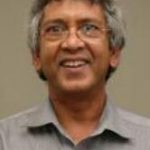 Ashraf Alam
Ashraf Alam
Ashraf’s current research area is using positron annihilation spectroscopy to study the behaviour of polymeric and related materials.
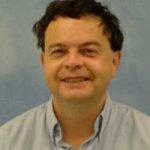 Steve Andrews
Steve Andrews
Steve’s research area is in ultrafast phenomena in condensed matter, instrument development, nanofabrication and computer modeling. He teaches ultrafast spectroscopy in the Optical Spectroscopy lecture course in the CDT and a hands-on Physics Techniques workshop on Device Microfabrication.
James Annett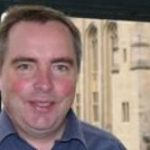
James’ current research area is in the theory of electronic structure of solids, with particular emphasis on theories of superconductors and systems with strong electron correlation. This especially includes high temperature superconductors and other unconventional superconductors possessing d-wave or p-wave pairing symmetry.
Chris Bell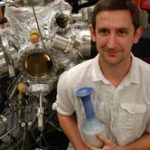
Chris is currently interested in the creation and control of novel electronic phases of matter in metals, semiconductors, and insulators. He lectures on Electronic Transport in the CDT, is involved with running the Journal Club, and runs a hands-on workshop on Thin Film Deposition as part of the Physics Techniques modules.
Simon Bending
Simons current research area focusses on understanding the magnetic properties of superconducting and ferromagnetic materials at the nanoscale. He teaches Ferromagnetism in the CDT and a hands-on Physics Techniques workshop on Device Microfabrication.
Antony Carrington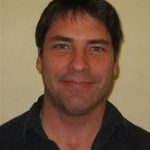
Tony is concerned with several aspects of superconductivity in novel materials. Superconductivity is an area of physics with clear and substantial commercial and technological applications. He teaches the Superconductivity lecture course in the CDT and designed the Electrical Transport hands-on Physics Techniques workshop.
David Cherns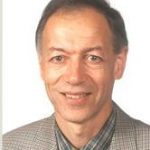
David’s current research area is the application of novel electron microscopy techniques to the analysis of defects and interfaces, particularly in semiconductors, to clarify microstructure/property relationships.
Stephen Clark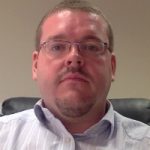
Stephen’s interests are pretty much anything with the word ‘quantum’ attached to it, like quantum computation, quantum materials, quantum simulation, and so on. While he has been known to flirt with foundational issues on occasion, Stephens main focus is increasingly grounded in trying to exploit various quantum phenomena in technology. He teaches the Many Body Theory lecture course in the CDT, combining this with a hands-on workshop on Exact Numerical Diagnolisation.
Simon Crampin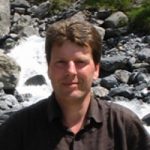
Simon is currently interested in the electronic structure of solids, especially at surfaces and interfaces where the reduction in translational symmetry gives rise to new physics. The research involves the development of theoretical and computational techniques, primarily Green function methods and variational embedding schemes which can properly and elegantly accommodate the awkward surface or interface boundary conditions. He teaches the Electronic Structure lectures in the CDT.
Sara Dale
Sara is interested in understanding the magnetic properties of superconducting and ferromagnetic materials at the nanoscale.
Enrico Da Como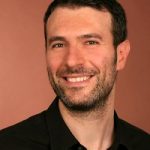
Enrico’s research area is dealing with the interaction of light with condensed matter. In particular how we can use laser spectroscopy to understand and describe fundamental excitations such as excitons, plasmons, polarons and phonons in molecular solids and nanostructures. He runs a hands-on workshop on Optical Spectroscopy as part of the Physics Techniques modules.
Stephen Dugdale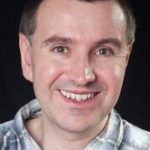
Stephen’s current research area is the behaviour of electrons in materials by annihilating them with positrons (which are the anti-matter partners of electrons) and measuring the radiation that is produced. It is then possible to compare experimental reality with the predictions of quantum mechanics. He runs a hands-on workshop on Density Functional Theory.
Neil Fox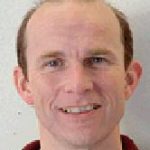
Neil’s current research area is the use of synthetic diamond and zinc sulphide for applications in energy conversion, energy storage, and radiation detection.
Sven Friedemann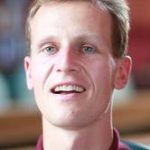
Sven currently focuses on tuning correlations in metals, insulators, and semiconductors with hydrostatic pressure. Using transport, thermodynamic, and magnetic measurements he aims to enhance the understanding of electronic behaviour. He lectures on Strongly Correlated Materials in the CDT.
Henkjan Gersen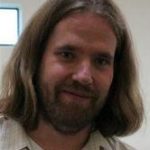
Henkjan is currently focussed on nanoscale functional imaging and spectroscopy to enable investigation of the spatial, temporal and polarization profiles of ultrafast optical excitation fields that maximize spatial resolution, sensitivity and throughput as is needed to achieve further breakthroughs in biology and materials science.
Andriy Gorbach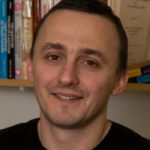
Andriy’s current research area is focused on theory and modelling of nonlinear wave phenomena in different physical systems. He runs a hands-on workshop on computational multiphysics as part of the Physics Techniques modules.
Sergey Gordeev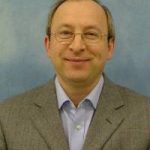
Sergeys interests are quite diverse, including such fields as vortex dynamics in high-temperature superconductors, giant magnetoresistance in magnetic superlattices, magnetic properties of nanoparticles and nanostructured materials.
His current research interests lie mainly within the fields of nanotechnology and single molecule electronics.
Martin Gradhand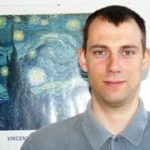
Martin is interested in Charge and spin transport in metals and superconductors. He runs a Physics Techniques hands-on workshop on High Performance Computing in the CDT.
Simon Hall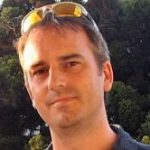
Simon’s current research area is in complex functional materials and how, by controlling crystallisation, their functionality can be altered and improved.
Stephen Hayden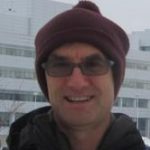
Stephen is interested in understanding entirely new states of the electrons in solics that have been found in the last decades such as high-temperature superconductivity and the fractional quantum Hall effect. He lectures on Quantum Magnetism in the CDT and teaches Physics Techniques workshops on Magnetic Measurements and Neutron and X-rays.
Adelina Ilie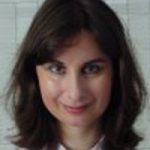
Adelina’s research centres on hybrid nano-materials and their applications. She teaches the microscopy section of the Probes of Matter lecture course in the CDT.
Martin Kuball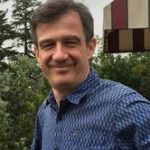
Martin’s research area is improving the thermal management, electrical performance and reliability of novel devices, circuits and packaging.
Jude Laverock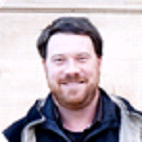
Jude is currently interested in soft x-ray spectroscopy of correlated materials, e.g. metal-insulator transitions and charge density waves. He teaches several of the hands-on Physics Techniques workshops, including Matlab, Lab Electronics, Electrical Transport, Microscopy, X-ray Diffraction, and Neutron and X-rays, and helps to run the Journal Club.
Marcin Mucha-Kruczynski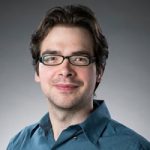
Marcin’s current research area is the physical properties of new class of materials, two-dimensional crystals, and the related physical phenomena. He gives lectures on Low Dimensional Semiconductors in the CDT.
Alain Nogaret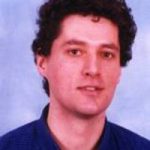
Alain research interests have two themes: low dimensional electron systems confined by microscopically inhomogeneous magnetic fields, and micromachined transmission lines that propagate electrical impulses and mimic biological nerve fibres.
Ruth Outlon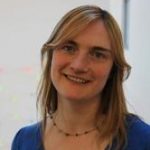
Ruth’s research centres around the use of solid-state quantum emitters that interact with light, for quantum technology applications. She teaches Low Dimensional Semiconductors in the CDT.
Phil Salmon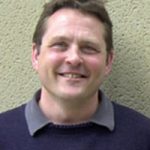
Phil’s current research area focuses on the atomic scale structure and dynamics of liquids and glasses and includes an extensive use of both neutron and x-ray scattering methods. He teaches the scattering section of the Probes of Matter lecture course in the CDT.
Andrei Sarua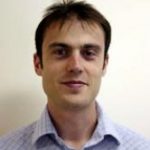
Andrei is currently interested in bio/chemical sensors on the basis of nitride FET structures and their electro-optical characterisation.
Walther Schwarzacher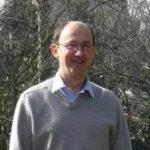
Walther is interested in magnetic systems, for example studying interactions between magnetic nanoparticles, and electron transport in devices combining magnetic and organic materials.
Philip Shields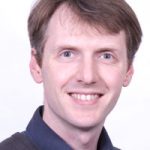
Philip’s research is involved in the growth and fabrication of III-nitride devices mainly for optoelectronic applications, with a particular focus on the use of nanostructures to improve device performance. He runs a hands-on workshop on Materials Nanofabrication as part of the Physics Technique modules.
Dmitry Skryabin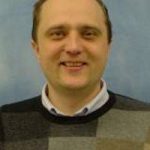
Dmitry’s current research area is solitons in fibers, semiconductor microresonators and waveguides, exciton-polaritons, plasmon-polaritons, spatio-temporal effects, frequency conversion, supercontinuum and combs, quantum optics, Bose-Einstein condensation, and others.
Peter Sloan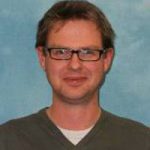
Peter’s research lies at the boundary of physics and chemistry and explore the possibilities of controlling and manipulating, on the atomic scale, individual molecules at a surface. Specifically by probing single molecule excitations by tunnelling electrons (or holes) from the tip on a scanning tunnelling microscope (STM), to both further understand these fundamental processes and to uncover new methods of controlling matter at the atomic scale.
Paul Snow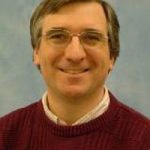
Paul’s research area is the interaction of light with carriers in microstructured semiconductors. Recent work has focussed on using porous silicon multilayer mirrors to control this interaction.
Ross Springell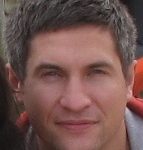
Ross is currently looking at the investigation of actinide materials; from fundamental condensed matter physics to nuclear fuels and waste products, using cutting edge x-ray and neutron scattering techniques. Bridging the gap between these disciplines offers new insight into metals and compounds that have important implications for the commercial nuclear sector.
Kei Takashina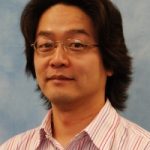
Kei is interested in the physics and applications of low-dimensional systems such as the two-dimensional electron gas in semiconductor structures.
Ventislav Valev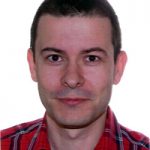
Ventsi’s interests are Chirality, Plasmonics, Second Harmonic Generation, Metamaterials, Nanophotonics.
Natasa Vasiljevic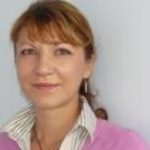
Natasa’s current research area is surface physics at the solid-liquid interface, with a particular interest in electrodeposition.
Alison Walker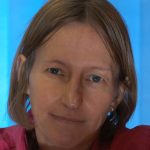
Alisons research area is device modelling particularly on electrical and optical models of organic devices.
Daniel Wolverson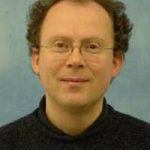
Daniel’s research interests include the optical spectroscopy of semiconductors and, in particular, the use of Raman microscopy, magneto-Raman scattering and photomodulated reflectivity in order to investigate electronic states in semiconductor heterostructures based on both II-VI and III-V compound semiconductors. He teaches part of the Optical Spectroscopy lectures in the CDT and designed the Raman Spectroscopy Physics Techniques module.
Anita Zeidler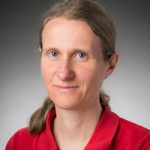
Anita’s research area is to unlock the potential of high-pressure and high-temperature processing as a method for the preparation of novel glassy materials by using the principles of rational design, i.e. the strategy of creating materials with the desired physical and chemical properties, based on an ability to predict the structure and how this will affect these properties.
